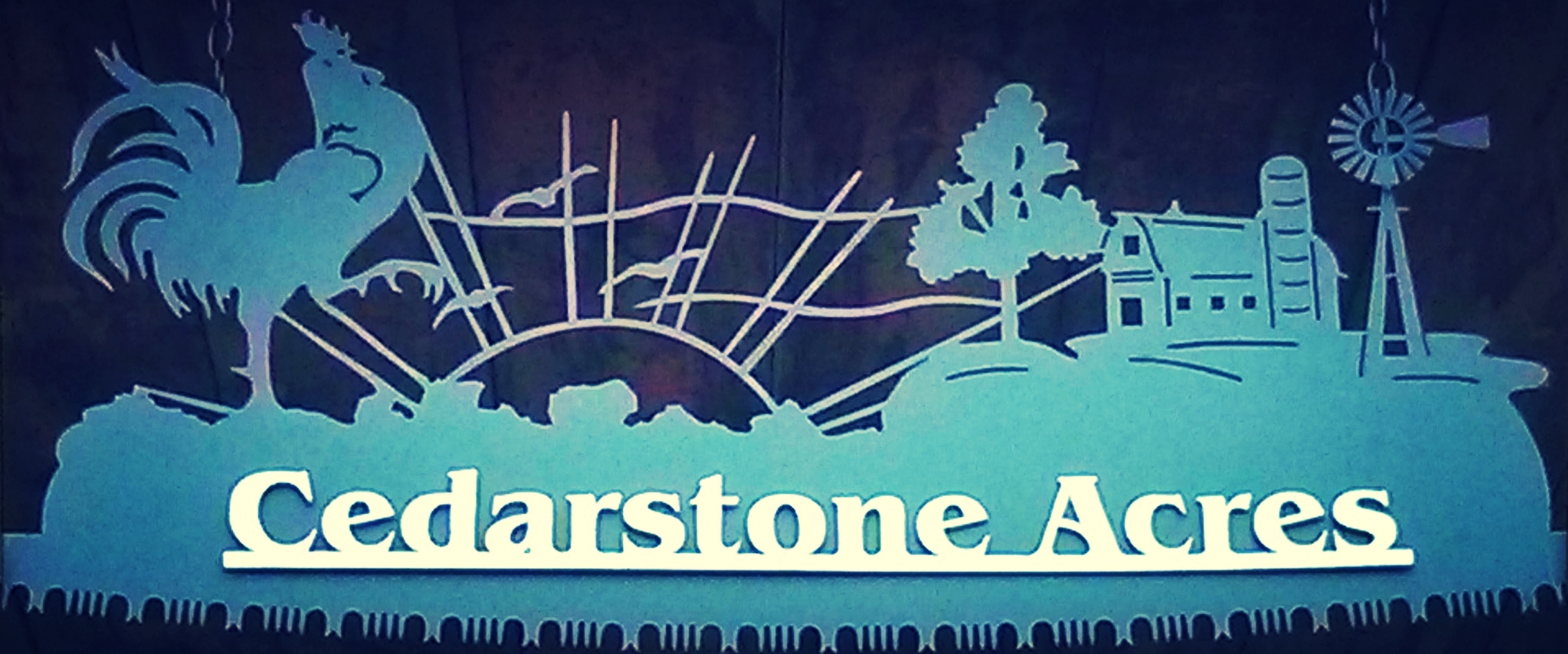The old milk route
Originally published February 2009 - the old milk route
Where does milk comes from? Do you know how it gets to you? I thought this was a simple question. Milk comes from cows, end of the story. Then again, could we blame anyone, if they were to say milk comes from a nearby grocery store? I do not think so. Then I thought of my friend who has a large flock of milking sheep or another friend beginning to grow his dairy goatherd. I realized that perhaps this straightforward question was not so straightforward. I would like to provide a few facts about the dairy industry, specifically milk from dairy cattle.
My fondness for the dairy industry goes back to childhood. Dad drove the milk truck that delivered milk to the local cheese factory. Early each morning he and his big truck would head out to pick up 10-gallon steel cans full of milk from each farm. At the factory, the cans were unloaded onto a conveyer system of big rollers. They disappeared into the factory and then came out the other end empty. My father delivered the cans back to the farms, later that same morning, only to do the route over again the next day.
I enjoyed riding the milk route with Dad and visiting all the farms. As a child, I did not always know the farmer’s names. However when talking about a farmer, if the animals at a particular farm were described, I knew exactly which farm they meant. One morning, while playing out in the yard, I heard Dad’s truck coming down the road. Now I knew if I ran fast enough, I could hitch a ride. Luck was with me, as I ran to the end of our long drive I held out my thumb and he stopped. I crossed the road after carefully looking both ways, climbed up into the cab of the truck and off we went. I did enjoy riding the milk route with him! Of course, on that particular morning, I never thought to ask Mom if I could go. You can imagine a young mother’s dismay when she discovered a small child missing. Fortunately, she is and was a practical person. She put the timing of my disappearance together with Dad’s route and began calling the dairy farms asking if the milkman had a passenger with him. By process of elimination, she discovered that I was riding with Dad. Oops - childhood bliss, and parental frustration.
That rather long introduction tells you how milk used to arrive at the milk factory. At that time, there was no supply management or quota system. The milk from individual animals was collected, dumped into steel cans, and refrigerated. The milkman then picked up the cans each morning.
The dairy industry has come a long way since then. The farmer has moved from steel cans to pipelines and bulk tanks. As agriculture and the dairy industry evolved, so did the development of “milking systems,” “manure removal systems,” even “feeding systems”. The industry became a supply-managed system. Many changes were expensive for the farmer to implement but well worth it in overall consumer safety. Did you know that milk travels in a closed system, which keeps it contamination-free right from the time of collection and throughout its processing journey? It now travels straight from the disinfected udder of a cow into a refrigerated tank. A bulk tank truck picks up and delivers the milk to a processing plant for liquid milk or cheese production. These safety measures are in place to ensure the highest overall quality in the production of milk and milk products in Canada.
Consumers can feel confident in the Dairy Farmers of Ontario, because milk testing occurs regularly and in many different ways throughout the production process to ensure compliance with provincial standards. Inspectors ensure all surfaces in the dairy barn and milk house, which come in contact with milk, are clean. The refrigeration of the milk must be efficient and temperatures monitored. The housing and husbandry of the cows is scrutinized and any animal with a potential health issue or one being treated with antibiotics must be excluded from the milk collection. In fact, the driver of the bulk tank truck, picking up milk at the farm, is trained and responsible for sampling milk to ensure the quality of milk leaving the farm gate. The sample provides both quality and compositional analysis of the milk. A non-compliant farm will face heavy penalties and the potential to be shutdown. Consequently, you can feel assured that our milk is safe. It is in fact one of the most heavily tested items in our Canadian food supply system.
If you were interested in learning more about the life of a dairy farmer, I would highly recommend the following book. Written in 1989, “Home Farm” by Michael Webster is about a local Joyceville farmer. Twenty years later, the book still has relevance and is a good description of life on a small Ontario dairy farm.
Janet and her husband share the chores on their small farm near Wilton.
